The US has an incredibly diverse population, but to date COVID-19 vaccination programs haven’t been evenly distributed across communities. There is a pressing need to create and execute communication strategies that have equity as the central priority.
Given that the pandemic has disproportionately impacted certain multicultural groups more than others, it’s critical for governments to ensure communications are effective in tackling these issues.
Four ways local governments can build better communication plans:
As the US continues to roll out our COVID-19 vaccines, it’s imperative that governments build inclusive communication campaigns. We’ve put together four key ways governments can achieve that.
1. Diversify your message across channels and mediums
To make sure you reach the widest audience possible, you can utilize different channels. For example, Whispir lets you seamlessly send two-way communications across SMS, email, social media, voice, and more.
Because people consume information in different ways, it’s a good idea to leverage different mediums, as well. This can include linking to videos, adding infographics to longer-form content, and facilitating phone conversations for those who prefer it. The utilization of multiple channels and mediums ensures that not only do community members receive your message but that they do so in a way that is most digestible to them.
2. Write messages in multiple languages
With approximately 1 in 5 Americans speaking a language other than English at home, it’s important to communicate information about the COVID-19 vaccine rollout in multiple languages. Across each language, the message should be clear, factual, and consistent.
Through Whispir, you can segment your audience and send tailored messages to each group. That way, tailoring messages according to demographic or language spoken is easy to do.
3. Use proactive messaging
A major obstacle in communicating information about the COVID-19 pandemic has been the spread of misinformation. With diverse communities not getting clear and direct information from trusted sources, the potential for false narratives to be passed around is heightened further.
While it’s an overwhelming task to curb this altogether, being proactive in your messaging can certainly mitigate it. That means sending out updates frequently and sharing news early – even when the whole picture isn’t clear. It’s better to over-communicate than to allow silence and rumors to fill the void.
Being proactive also means you can employ a strategy known as call deflection. This is used to decrease the amount of calls coming through to your help desk or contact center, by ensuring people have the information they need before they even think to pick up the phone.
Through Whispir, you can create rich web forms, SMS prompts, and web pages that provide information to people in a dynamic and easy-to-understand way. With automated two-way communication, your community can feel engaged with your message without tying up resources by speaking to an actual team member.
4. Engage with leaders in the community
The best source of information about a community is always the members within it. Governments can greatly benefit from working with leaders in communities to figure out which communication strategies will be most effective.
This method is most impactful if you include leaders from the ground level, rather than just bringing them in to sign off fully formed ideas at the end.
Learn more about communicating the COVID-19 vaccine rollout and how Whispir can help you.











